It’s easy to imagine an adult bird standing over youngsters whose mouths are open wide for a pre-mashed meal. It’s more difficult to picture a beetle doing the same thing, but the burying beetle Nicrophorus quadripunctatus feeds its young by…
Tag: Molecular Biology
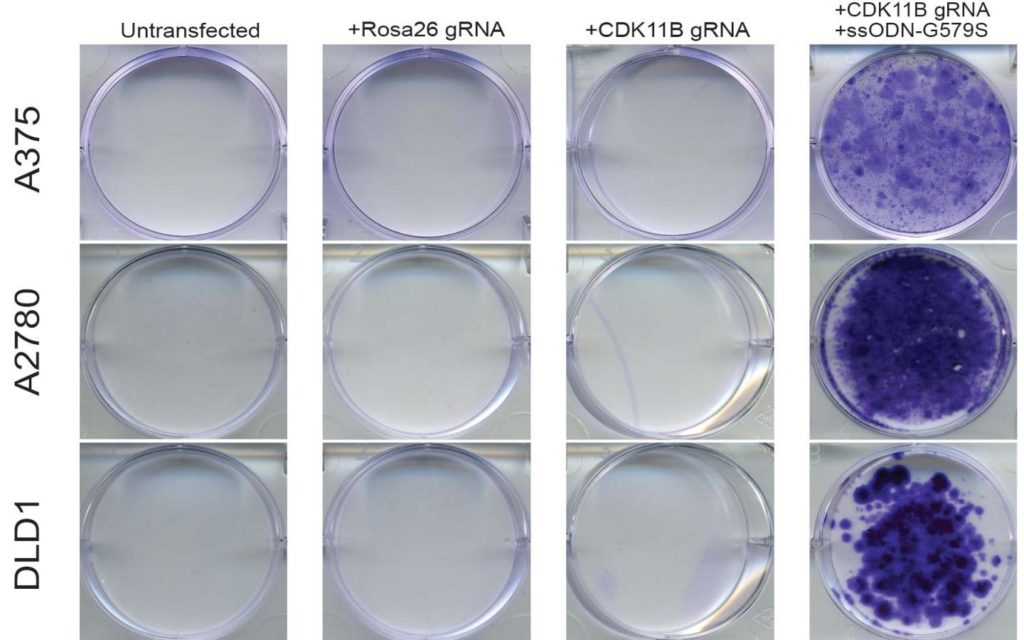
Cancer drugs don’t always work as intended, researchers warn
Scientists at Cold Spring Harbor Laboratory (CSHL) have identified 10 cancer drugs currently in clinical trials that do not work how clinicians thought they would. In identifying what went wrong, experts can now work to improve drug discovery and personalized…
An overactive cerebellum causes issues across the brain
Acute cerebellar inflammation and hyperexcitability induces ‘depression-like’ behavior
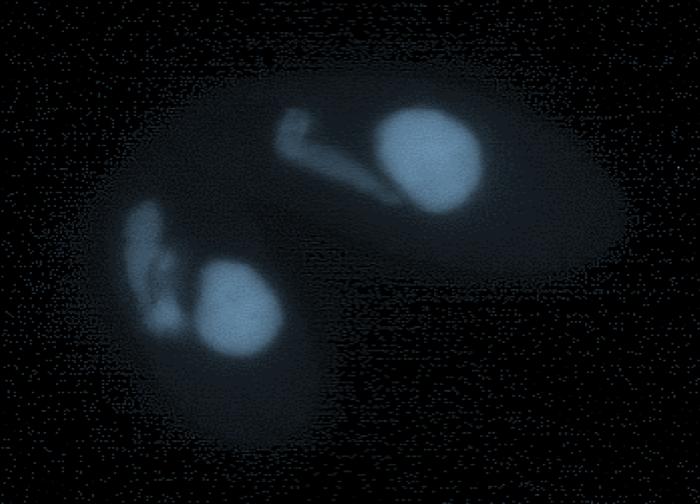
Study explores role of mediator protein complex in transcription and gene expression
Did you know that the DNA in any cell of the human body – or any organism for that matter – contains the genetic information required to develop every possible type of cell within that organism? Yet cell types differ…
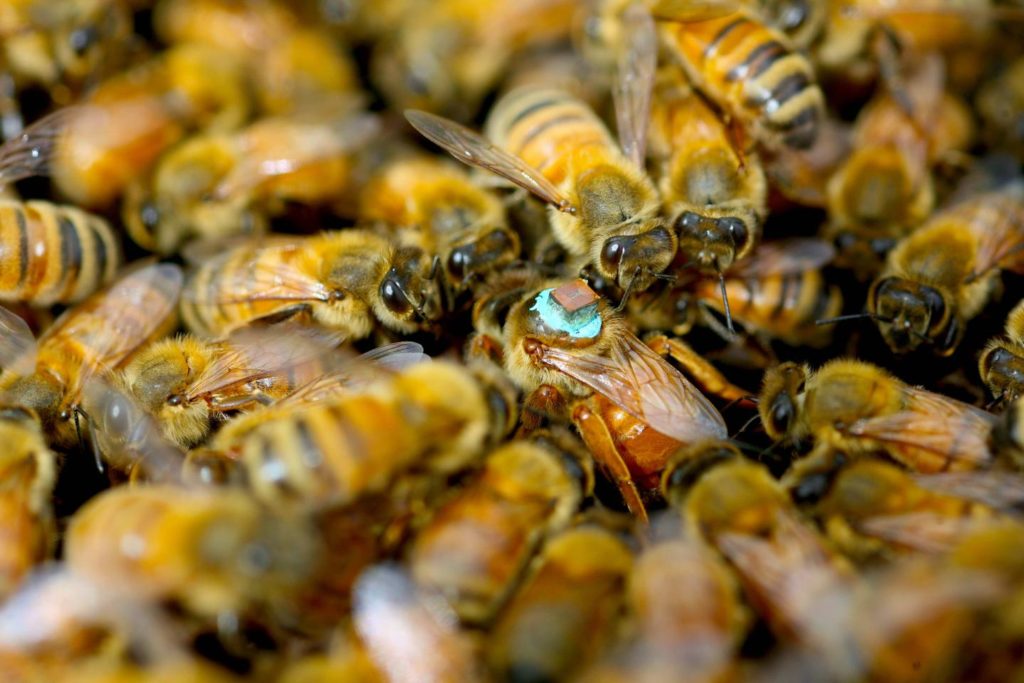
Buzzkill?
Male honeybees inject queens with blinding toxins during sex
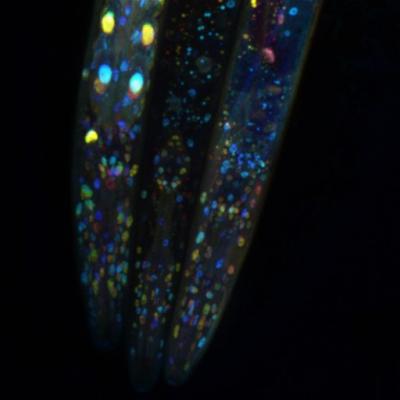
Scientists discover hidden differences among cells that may help them evade drug therapy
The discovery by UMD researchers suggests ‘functional mosaicism’ could explain some antibiotic resis
What happens underground influences global nutrient cycles
DOE user facilities EMSL and JGI announce FY 2020 collaborative FICUS projects
Liquid biopsies reveal genetic alterations linked to cancer drug resistance
A clinical study comparing liquid and tissue biopsies finds multiple resistance mechanisms in indivi

Researchers develop new interferometric single-molecule localization microscopy
Although various image-based central position estimation (termed “centroid fitting”) methods such as 2D Gaussian fitting methods have been commonly used in single-molecule localization microscopy (SMLM) to precisely determine the location of each fluorophore, it is still a challenge to improve…
Message in a brain cell: $7.4M award to decode cues that spur children’s brain tumors
Brain tumor researchers will use an advanced sequencing technology developed at the Stanford University School of Medicine to decode the messages or signals that help brain tumors grow, in the hope of finding new ways to treat the disease in…
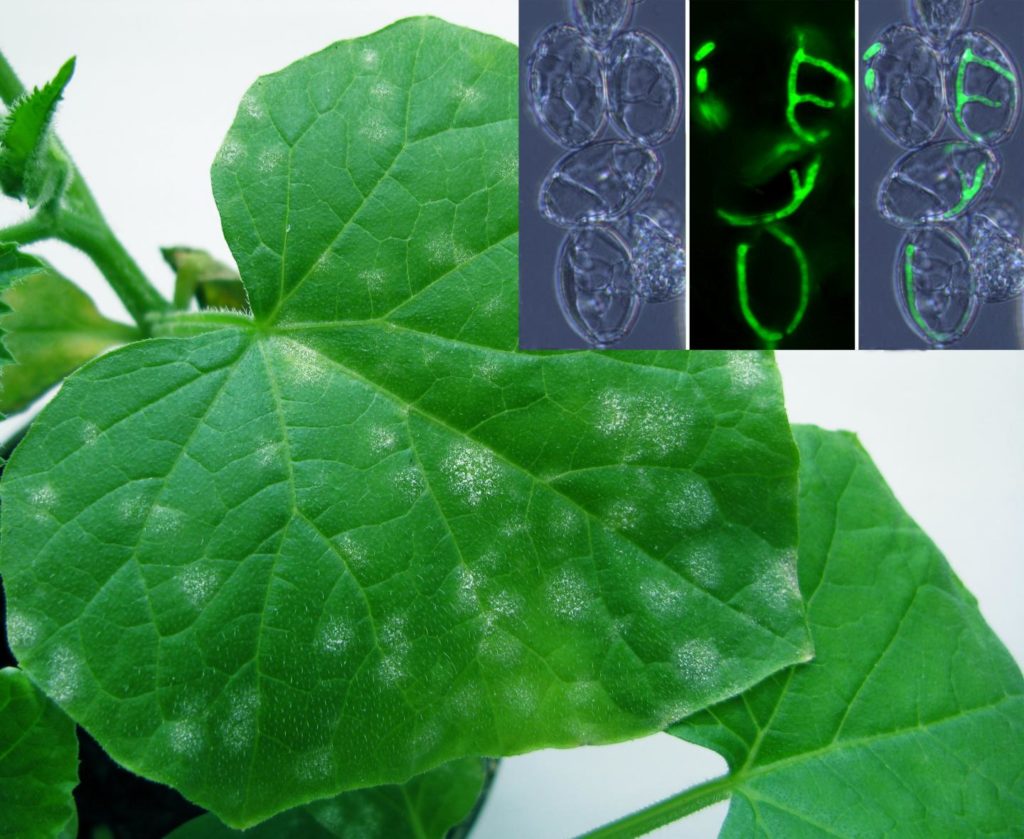
Scientists alleviate environmental concerns about BCA usage on powdery mildews
St. Paul, MN (September 2019)–Powdery mildew is a common fungal disease that infects many plants around the world, absorbing their nutrients and weakening or even killing them. In turn, powdery mildews are often attacked in the field by even smaller…
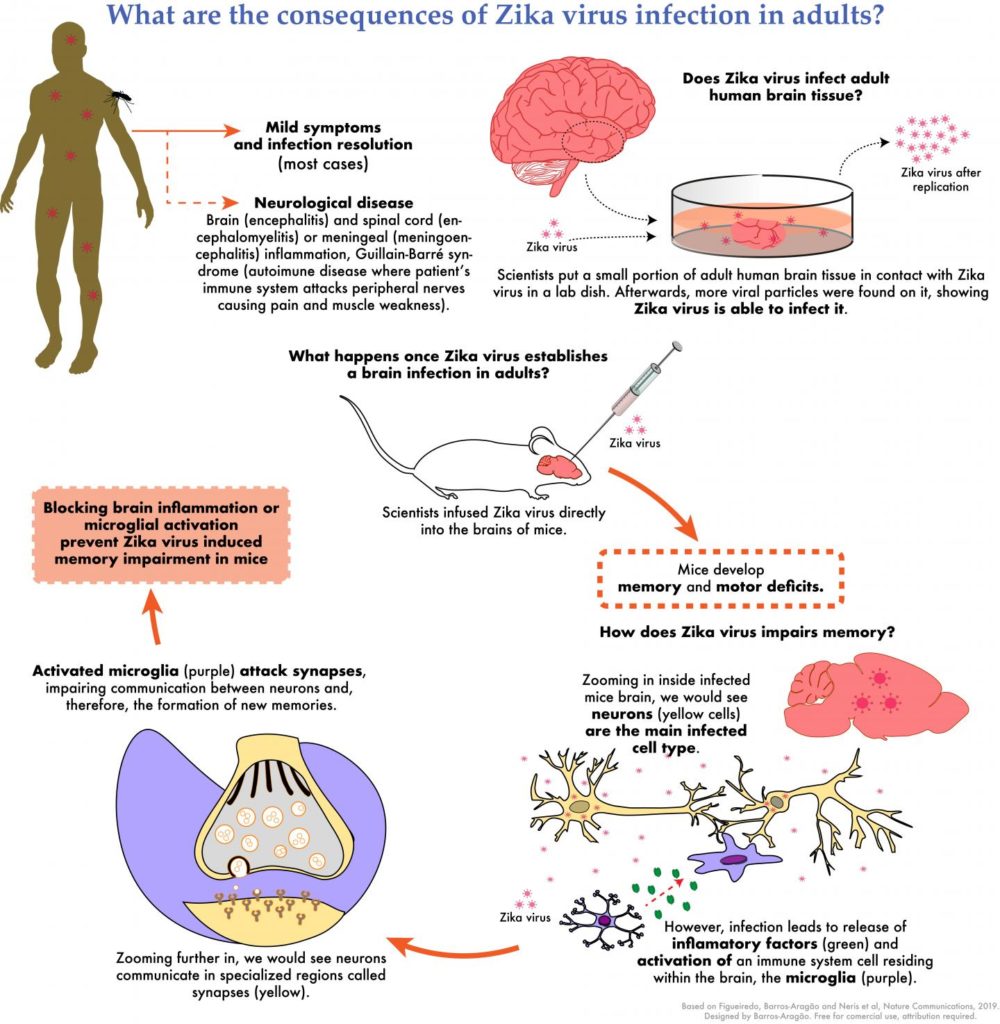
Zika virus infects the adult human brain and causes memory deficits in animal models
Brazilian researchers found the cause of neurological complications observed in adults patients infe

SPEECHLESS, SCREAM and stomata development in plant leaves
The key step in stomata development in plants has been discovered; genes that make stomata and enfor

Horwitz Prize awarded for work on critical cancer pathway
Columbia University will award the 2019 Louisa Gross Horwitz Prize to three scientists: Lewis C. Cantley, Weill Cornell Medicine and NewYork-Presbyterian/Weill Cornell Medical Center, New York, NY, USA, David M. Sabatini, Massachusetts Institute of Technology, Cambridge, Massachusetts, and Howard Hughes…
New method for imaging biological molecules
Researchers at Karolinska Institutet in Sweden have, together with colleagues from Aalto University in Finland, developed a new method for creating images of molecules in cells or tissue samples. The method is based on the use of DNA snippets and…
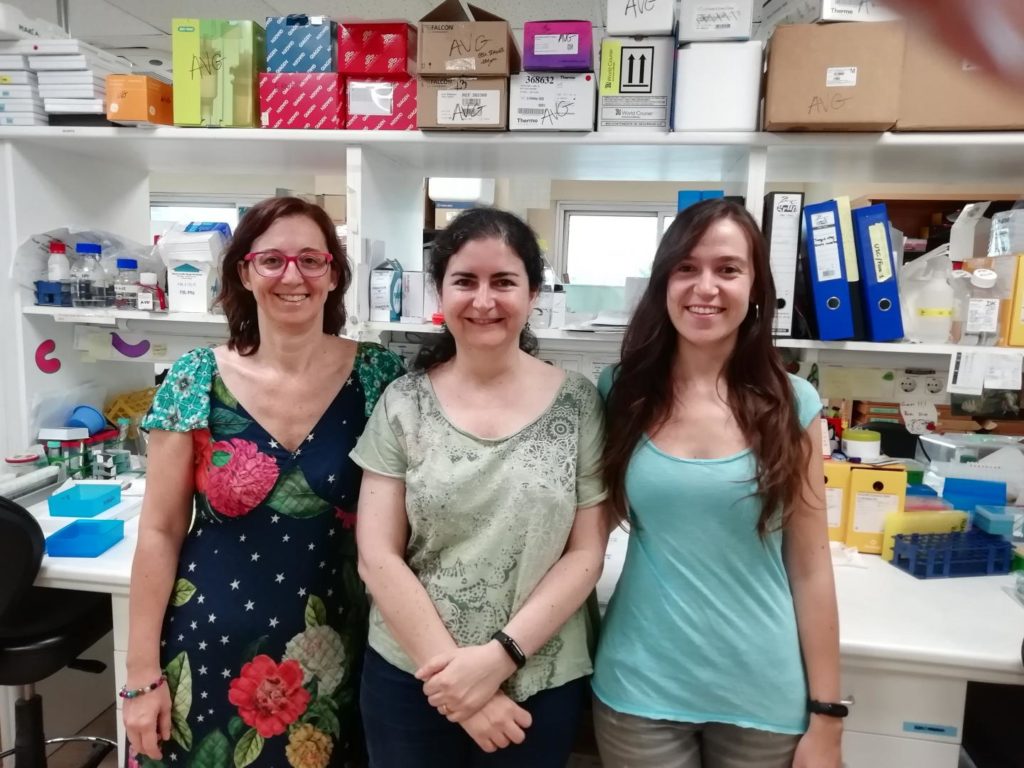
Discovered a molecule that regulates the development of cancer in a variety of tumors
Researchers from the Josep Carreras Leukemia Research Institute (IJC), discover that a non-coding re
Why transporters really matter for cell factories
Scientists discover the secret behind some protein transporters’ superiority
Scientists use advanced imaging to map uncharted area of genome
Region gives rise to serious disease, discovery could lead to new genetic testing
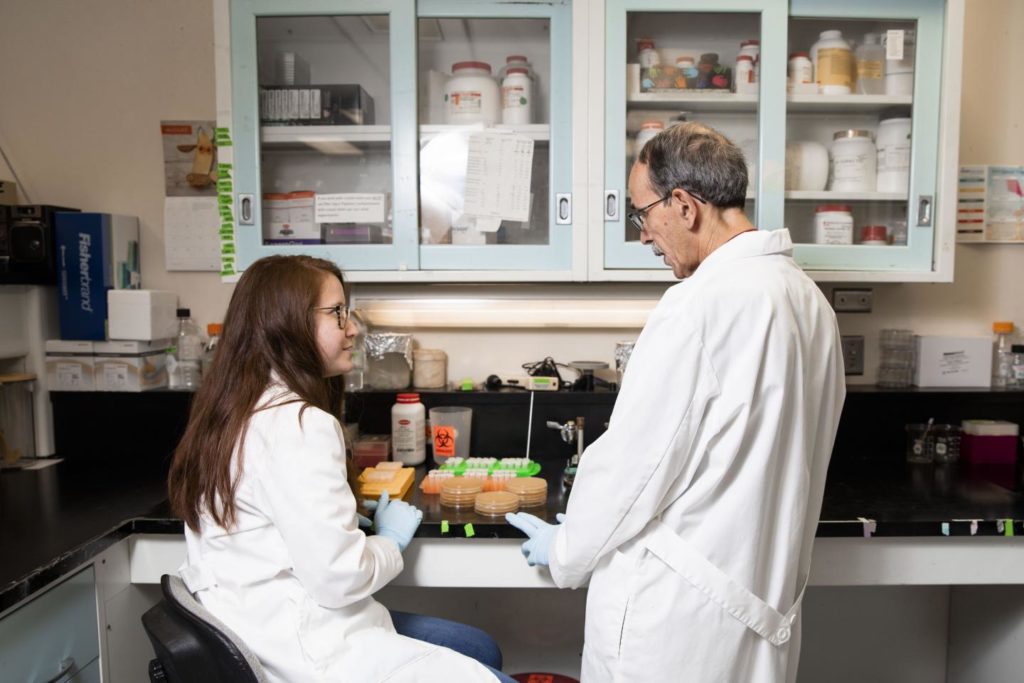
Novel approach leads to potential sepsis prevention in burn patients
Study demonstrates possibility of treating antibiotic-resistant pseudomonas aeruginosa
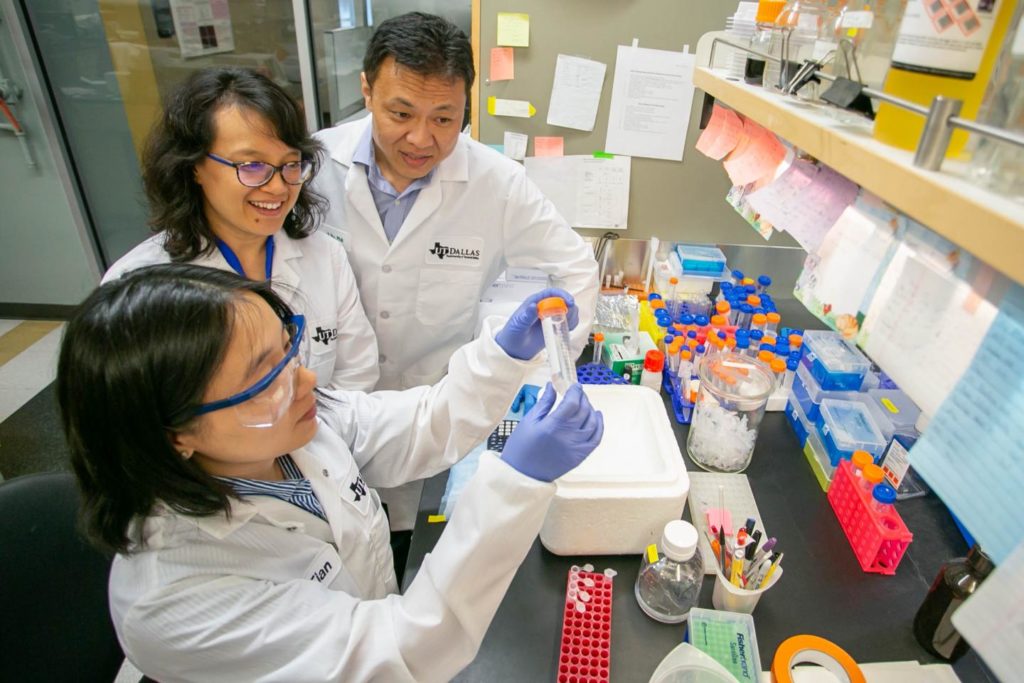
Scientists link ‘hunger hormone’ to memory in Alzheimer’s study
Scientists at The University of Texas at Dallas have found evidence suggesting that resistance to the “hunger hormone” ghrelin in the brain is linked to the cognitive impairments and memory loss associated with Alzheimer’s disease (AD). The findings, based on…
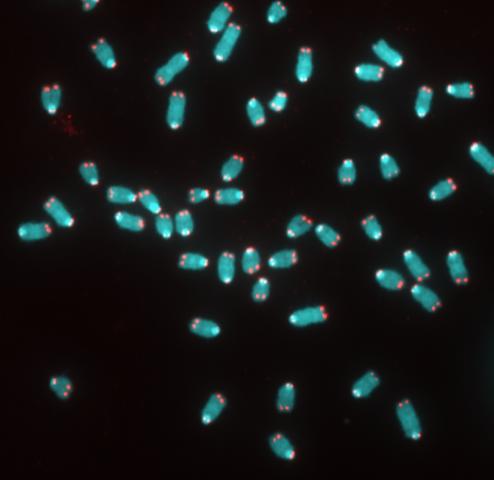
Enzyme known for promoting cancer found to also protect healthy cells
UMD researchers discovered that telomerase, which ‘immortalizes’ cancer cells, also prevents tumors
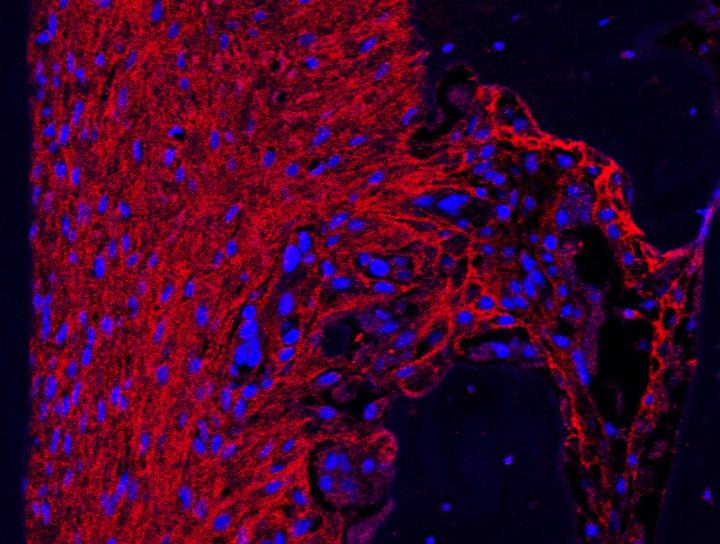
Scientists uncover key new molecules that could help to tackle tooth loss and regeneration
New research published in the Journal of Dental Research has shed light on the science behind the fo
New DNA sequencer method achieves early-stage and broad-range detection of wheat diseases
Plant diseases, especially those caused by fungal pathogens, jeopardize global crop biosecurity and preventing them requires rapid detection and identification of causal agents. Traditional methods for crop disease diagnosis rely on the expertise of pathologists who can identify diseases by…
A new drug could revolutionize the treatment of neurological disorders
The international team of scientists from Gero Discovery LLC, the Institute of Biomedical Research of Salamanca, and Nanosyn, Inc. has found a potential drug that may prevent neuronal death through glucose metabolism modification in stressed neurons. The positive results obtained…
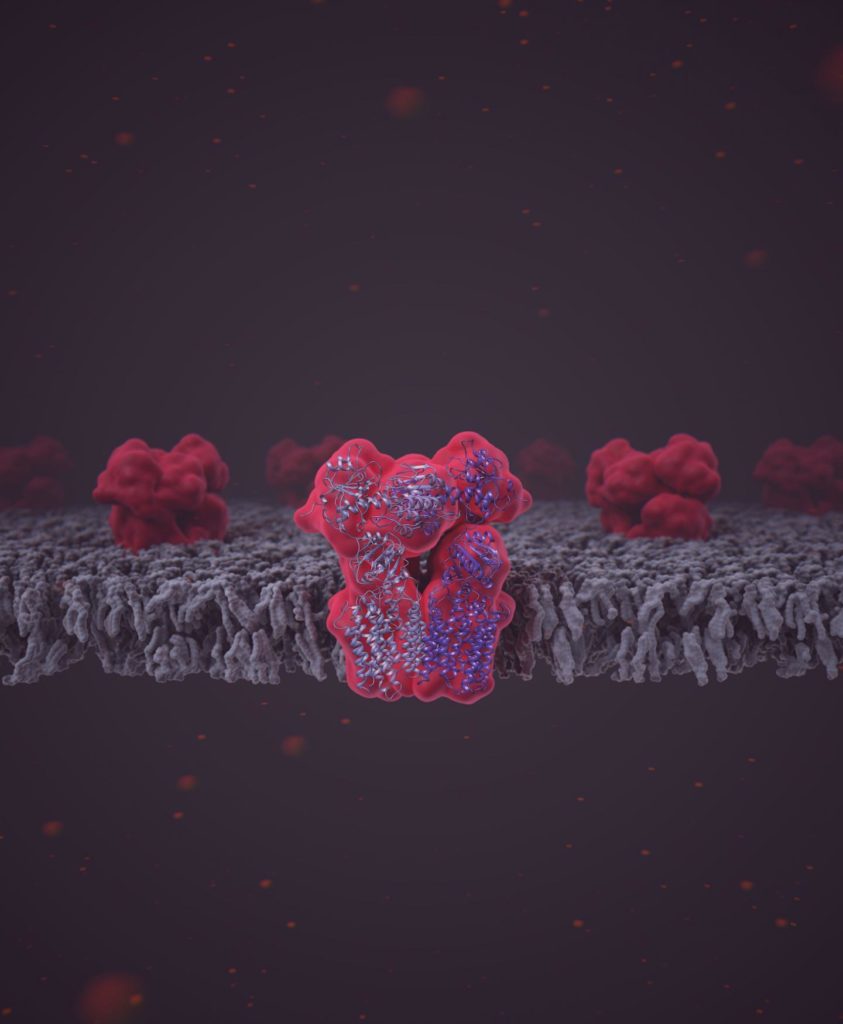
High-end microscopy reveals structure and function of crucial metabolic enzyme
Structural biologists reveal the atomic structure and regulative mechanism of the metabolic enzyme t
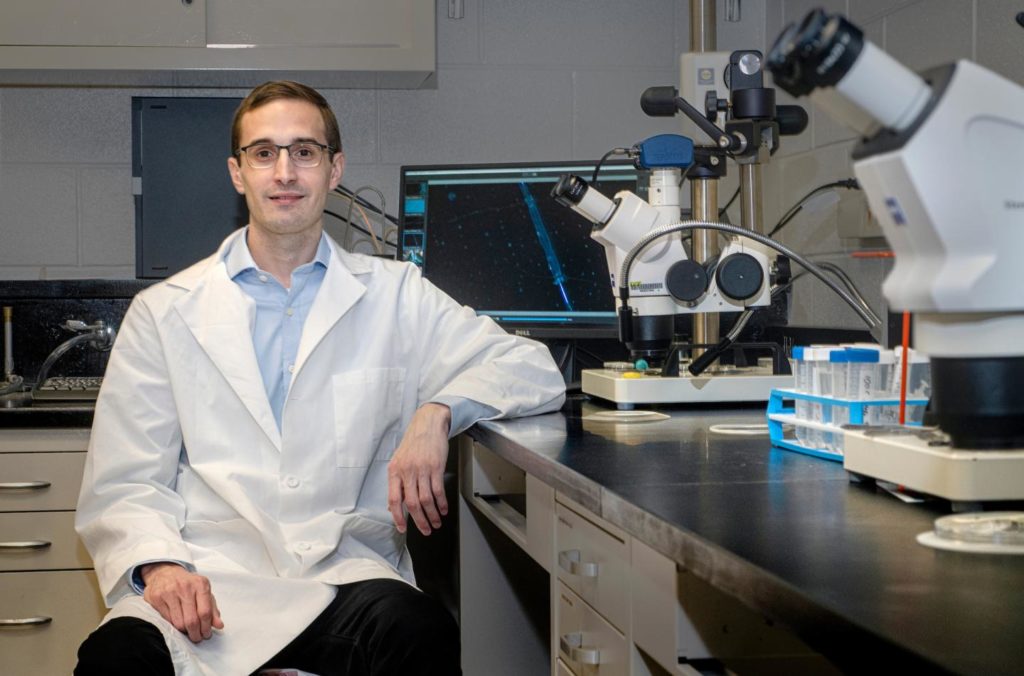
Study finds cellular processes controlling the formation of lymphatic valves
Targeting VE-cadherin signaling pathways holds promise for treating lymphedema’s debilitative swelli
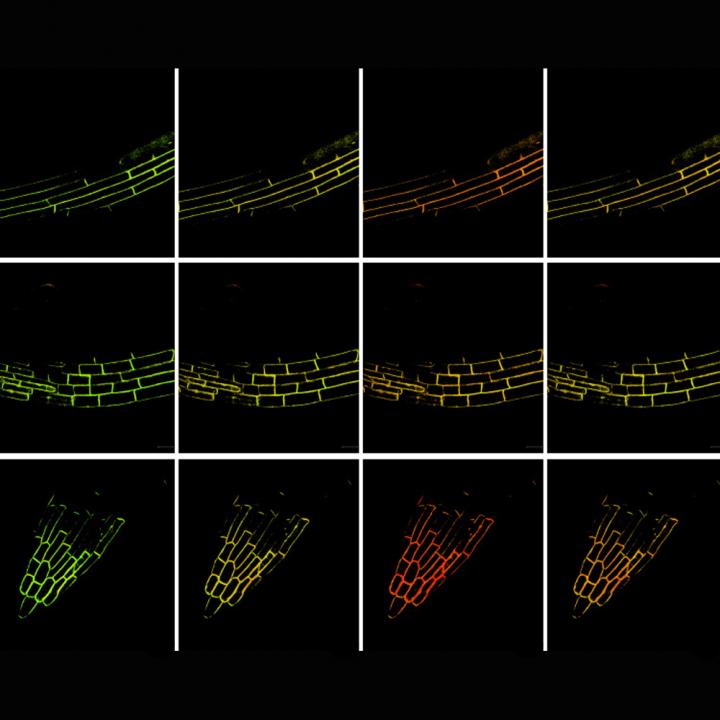
New biosensor provides insight into the stress behaviour of plants
Researchers develop method to track the activity of a signalling substance spatially and temporally
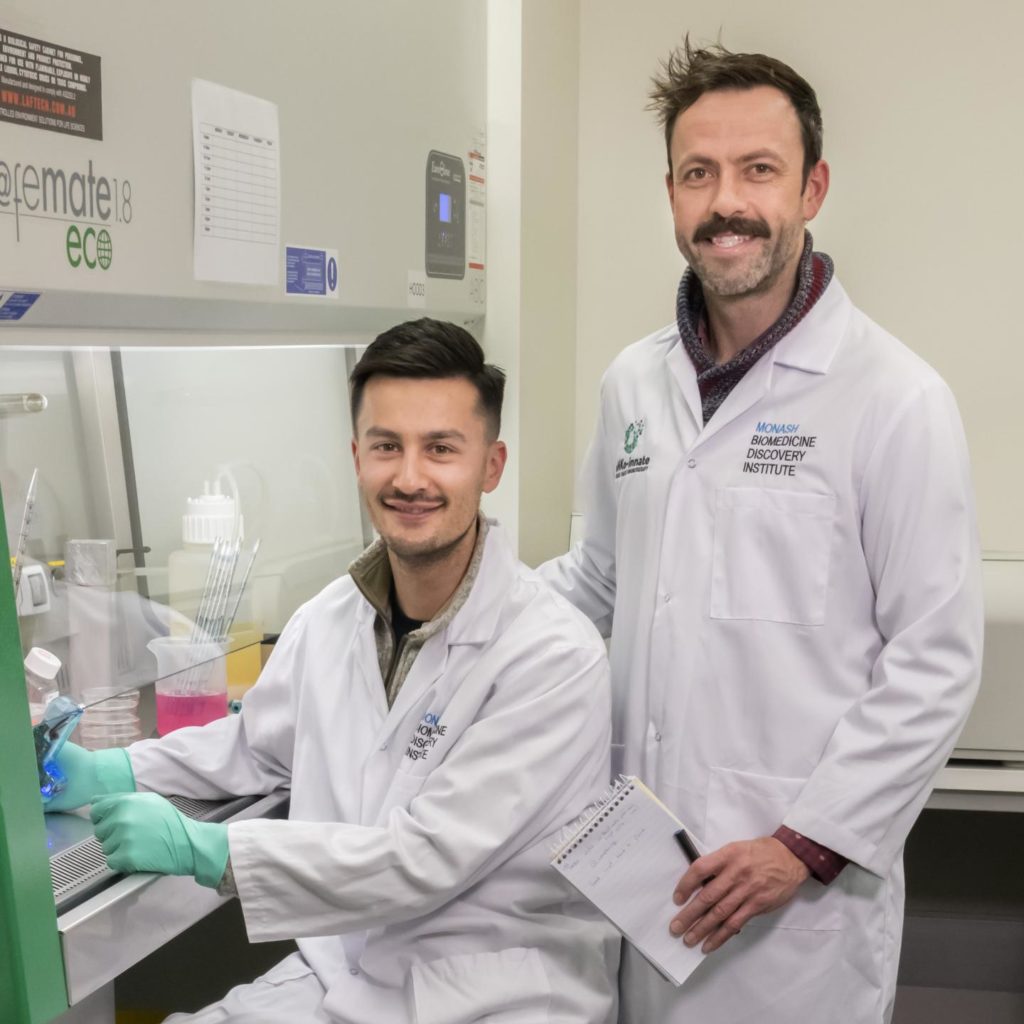
Turbocharging the body’s natural killer cells to defeat cancer
Natural Killer (NK) cells have long been the soldiers of the immune system that prevents the growth and spread of cancers, and subduing this army of cells is one of the key ways that tumours take hold. Australian researchers have…
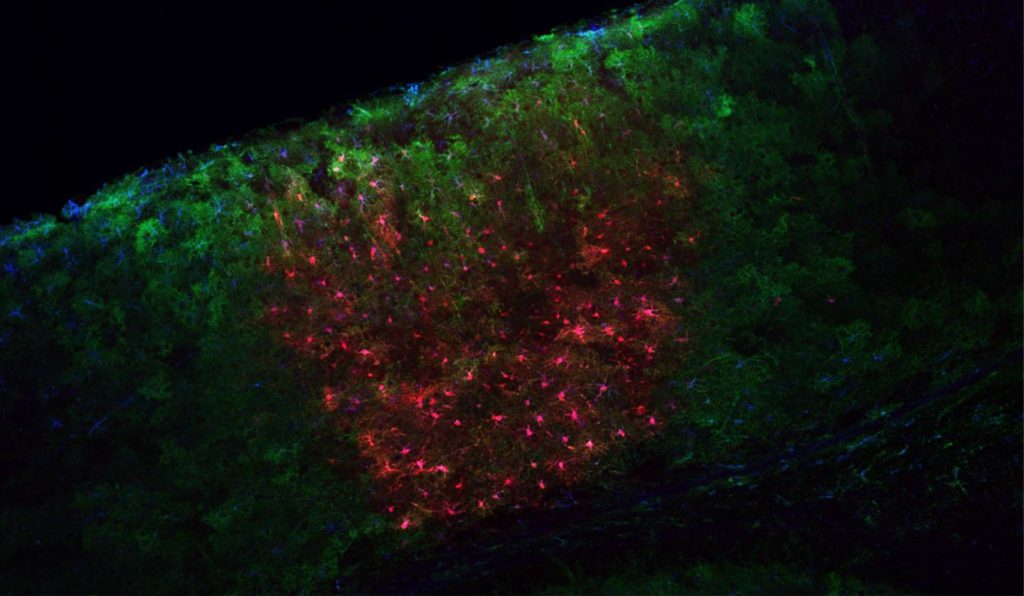
BRAIN grant will fund new tools to study astrocytes
In the brain, cells called astrocytes are at least as abundant as neurons, but are much less understood. While neuroscientists have begun to appreciate how closely astrocytes support the development and function of the neural circuit connections, or synapses, we…
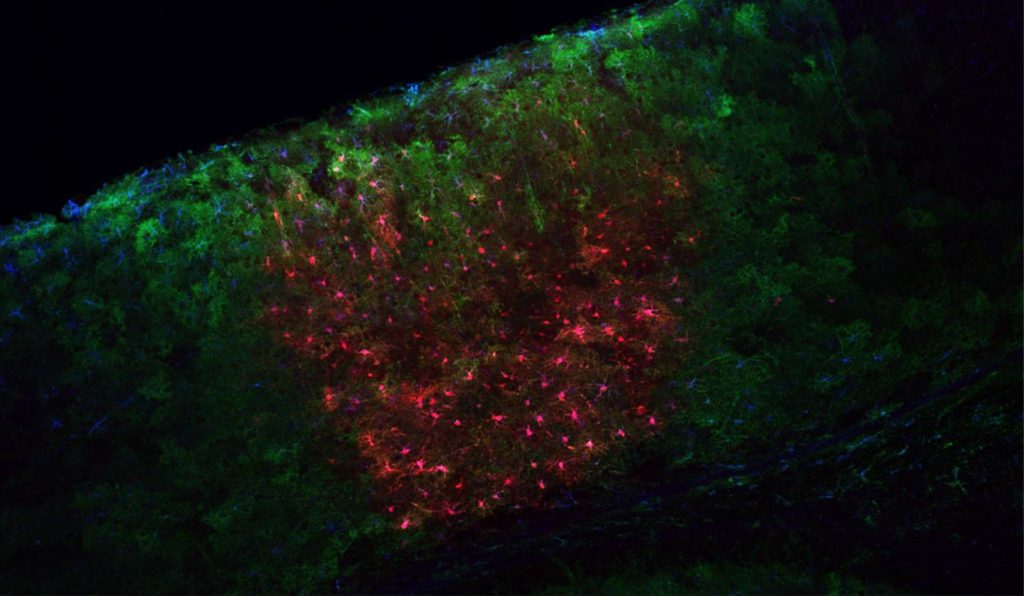
BRAIN grant will fund new tools to study astrocytes
In the brain, cells called astrocytes are at least as abundant as neurons, but are much less understood. While neuroscientists have begun to appreciate how closely astrocytes support the development and function of the neural circuit connections, or synapses, we…

Seagate, UC Santa Cruz collaboration poised to accelerate genomics data analysis
Initial focus of the collaboration by UC Santa Cruz Genomics Institute, Baskin School of Engineering
Glacier-fed rivers may consume atmospheric carbon dioxide
Study shows chemical weathering is the cause of CO2 consumption in glacier-fed freshwater systems

Seagate, UC Santa Cruz collaboration poised to accelerate genomics data analysis
Initial focus of the collaboration by UC Santa Cruz Genomics Institute, Baskin School of Engineering
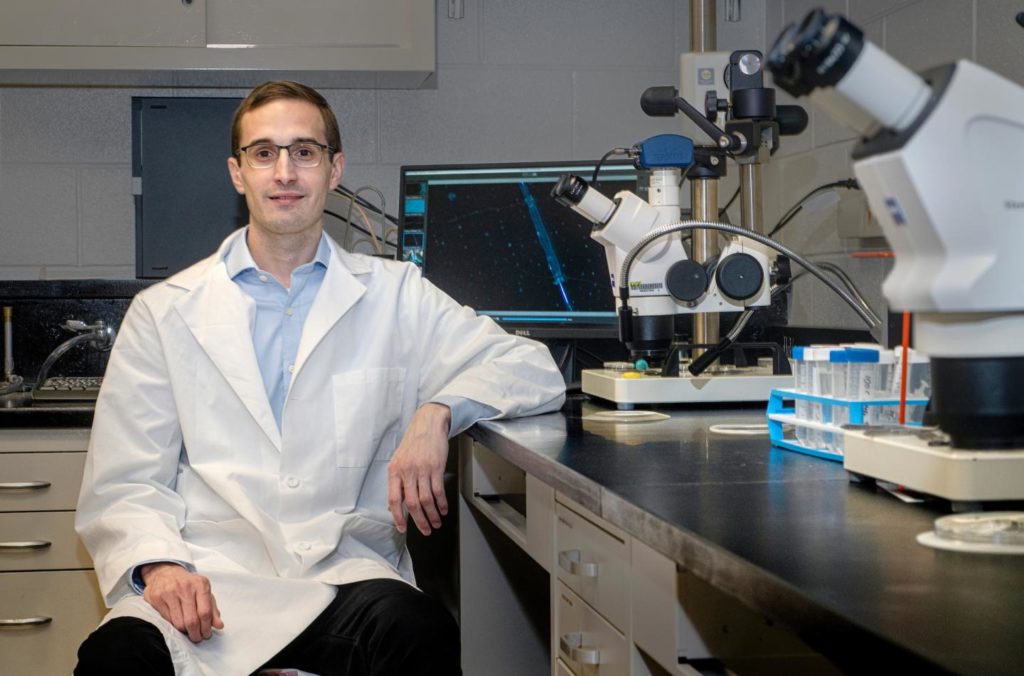
Study finds cellular processes controlling the formation of lymphatic valves
Targeting VE-cadherin signaling pathways holds promise for treating lymphedema’s debilitative swelli

Sea snail compound reduces cancer risk
Potential for new drug to prevent colorectal cancer tumors
Identification of all types of germ cells tumors
Germ cell tumors constitute a diverse group of rare tumors, which occur in the testes, ovaries and also in other places. Some germ cell tumors exist prenatally, while others present during or after puberty. The majority is benign. Malignant germ…
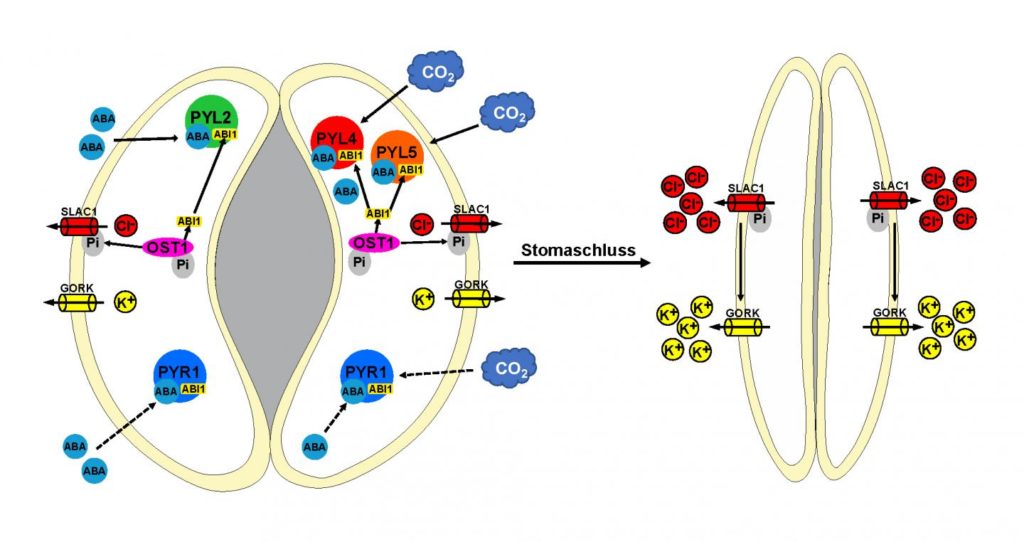
How plants measure their carbon dioxide uptake
When water is scarce, plants can close their pores to prevent losing too much water. This allows them to survive even longer periods of drought, but with the majority of pores closed, carbon dioxide uptake is also limited, which impairs…

Grant awarded to MDI Biological Laboratory scientist James A. Coffman, Ph.D.
Will support research on genes governing the health effects of chronic stress
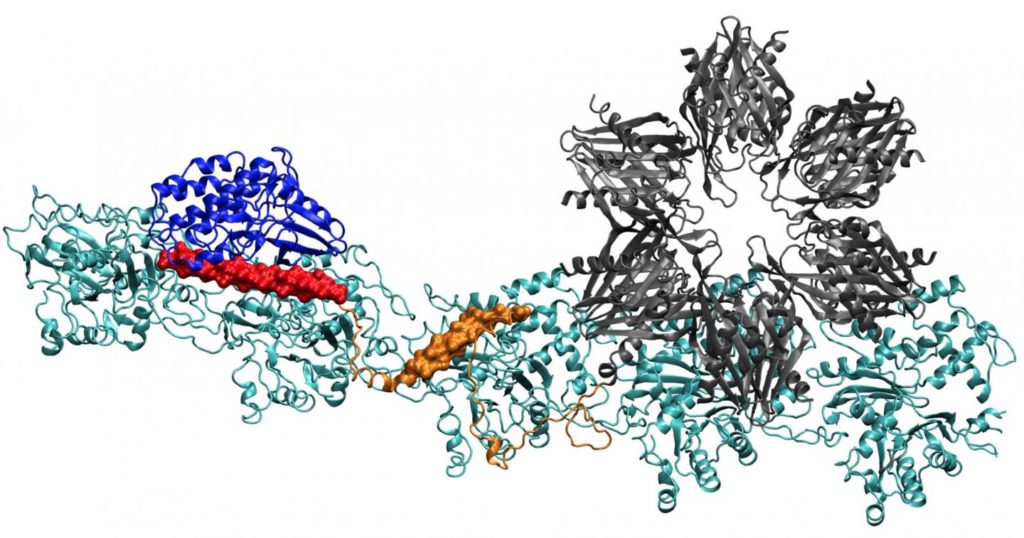
Scientists advance search for memory’s molecular roots
Rice, UTHealth, UH researchers detail architecture of the cytoskeleton in neurons
Runaway mitochondria cause telomere damage in cells
PITTSBURGH, Aug. 26, 2019 – Researchers at UPMC Hillman Cancer Center provide the first concrete evidence for the long-held belief that sick mitochondria pollute the cells they’re supposed to be supplying with power. The paper, published this week in the…

K+ Channel Study Could Help Develop Drugs for Life-Threatening Conditions
TTUHSC’s Cuello has Research Published in PNAS
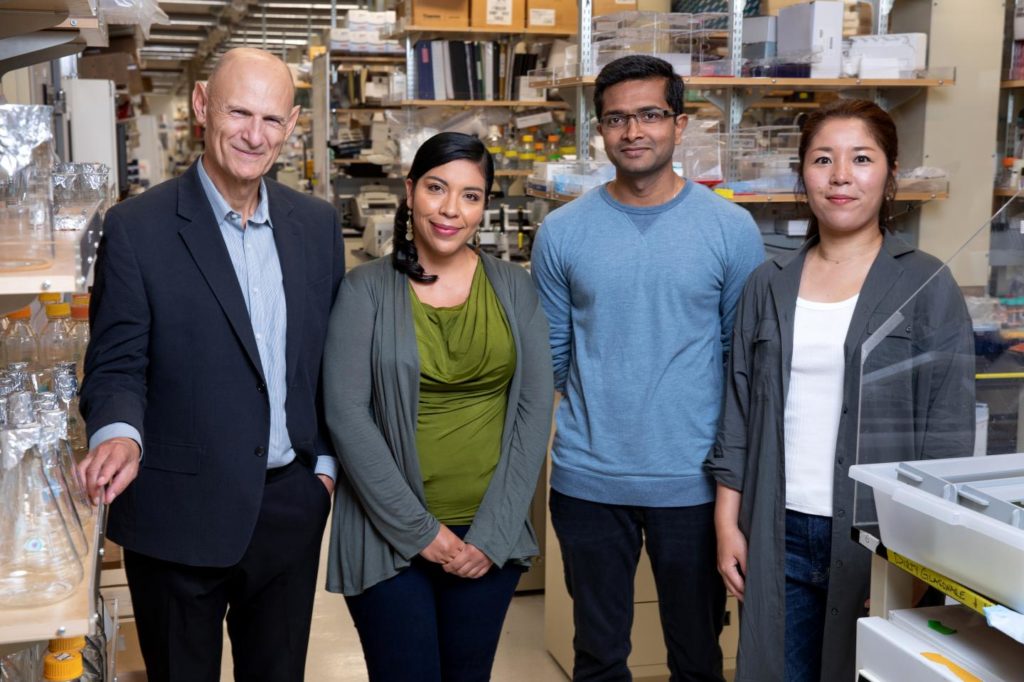
A novel technology for genome-editing a broad range of mutations in live organisms
Salk scientists develop a new gene-editing tool that could help treat many disorders caused by gene
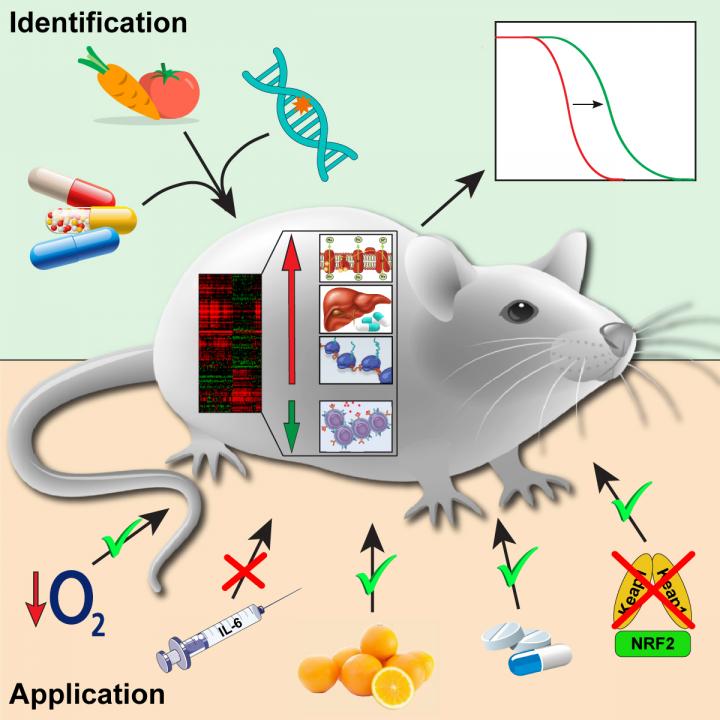
Scientists have found longevity biomarkers
An international group of scientists studied the effects of 17 different lifespan-extending interventions on gene activity in mice and discovered genetic biomarkers of longevity. The results of their study were published in the journal Cell Metabolism . Nowadays, dozens of…

Breath! Respiring microbes generate more energy
Researchers have now shed light on how bacteria and baker’s yeast generate and use their energy to g
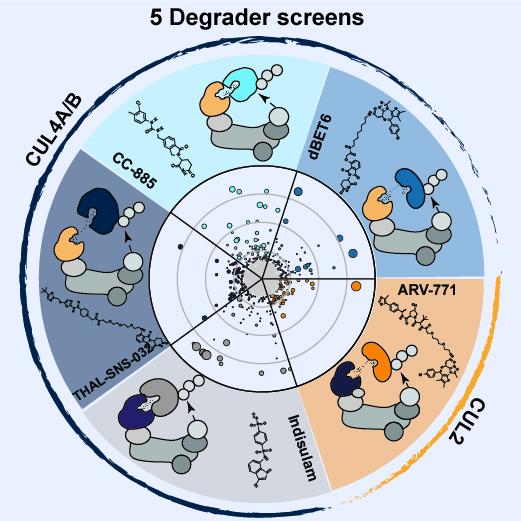
Novel paradigm in drug development
Understanding resistance mechanisms to targeted protein degradation
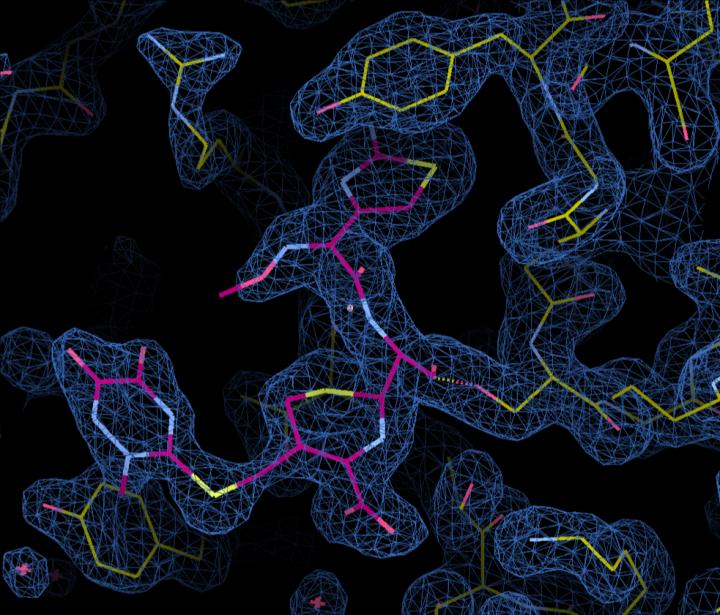
Researcher works to understand how gonorrhea develops resistance to antibiotics
Steadily and relentlessly, the bacterium that causes gonorrhea has slipped past medicine’s defenses, acquiring resistance to once-reliable drugs, including penicillin, tetracycline, and ciprofloxacin. These former stalwarts are no longer used to treat the sexually transmitted disease. In 2010, after some…
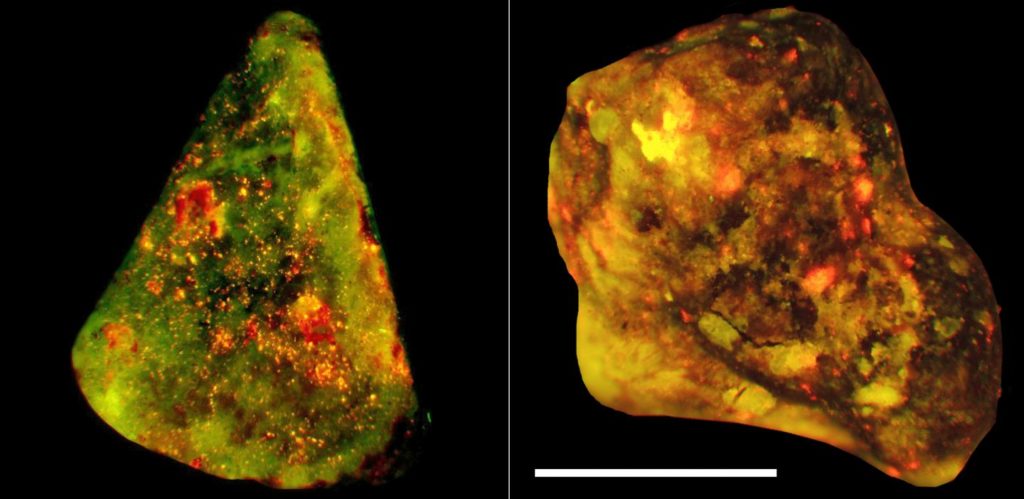
Immune cells drive gallstone formation
Sticky meshworks of DNA and proteins extruded by white blood cells called neutrophils act as the glue that binds together calcium and cholesterol crystals during gallstone formation, researchers in Germany report August 15 in the journal Immunity . Both genetic…
NIH awards $17.4 million to Cornell for CHESS subfacility
A single human cell contains thousands of proteins that perform a vast array of functions, from fighting off viruses to transcribing DNA. By understanding the structure of these proteins, researchers can interpret their functions and develop methods for turning them…
Dartmouth receives $12.5 million grant to establish Center for Quantitative Biology
Dartmouth’s Geisel School of Medicine has been awarded a 5-year, $12.5 million grant from the National Institutes of Health (NIH) to establish a Center for Quantitative Biology (CQB) that will bring together and enhance initiatives in computational biology, bioinformatics, and…

Genetic redundancy aids competition among bacteria in symbiosis with squid
The molecular mechanism used by many bacteria to kill neighboring cells has redundancy built into its genetic makeup, which could allow for the mechanism to be expressed in different environments. Some strains of luminescent bacteria that compete to colonize the…